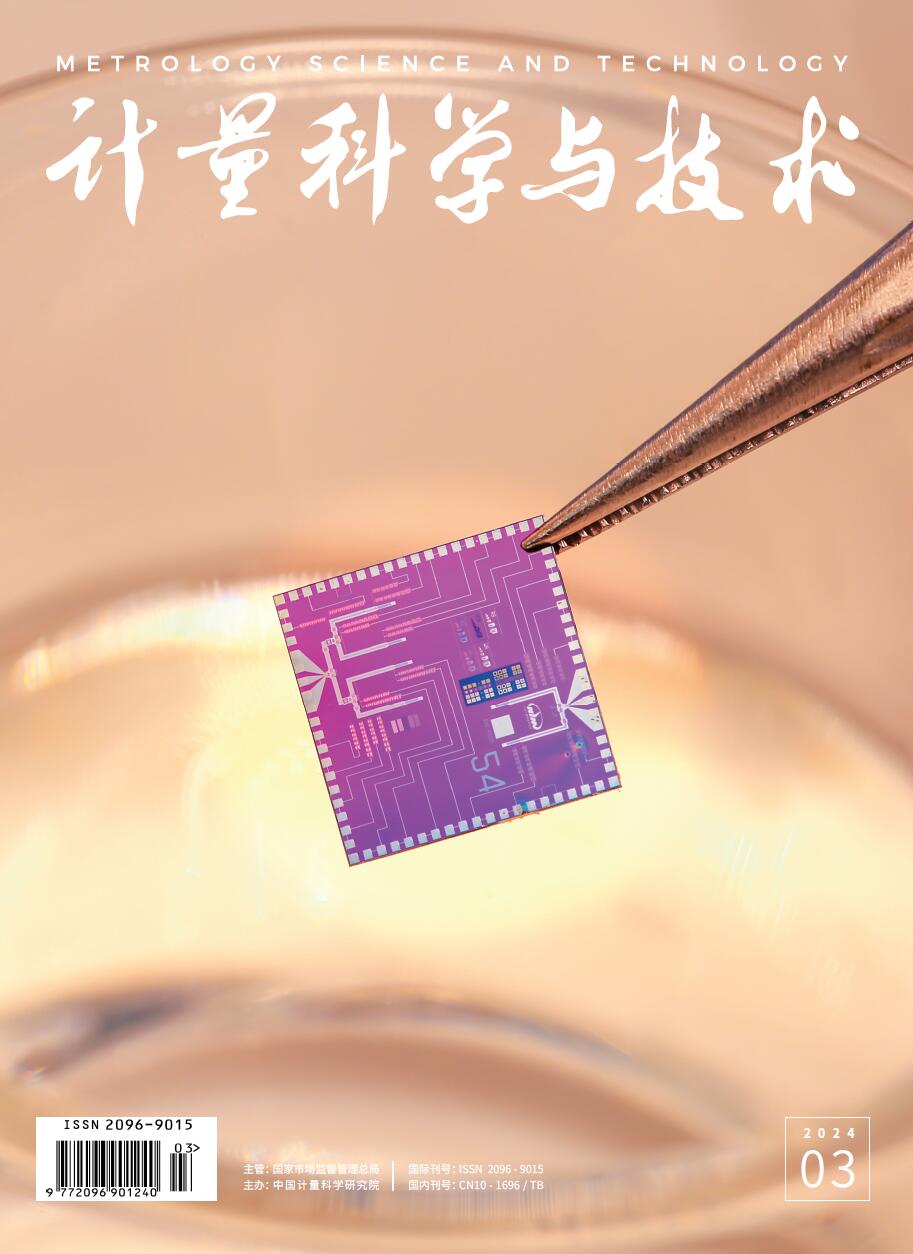Abstract:
Amidst the rising popularity of low-sugar diets, the safety concerns surrounding the production and usage of food-grade sweeteners persist. Studies have linked excessive use of sweeteners to various metabolic risks, biotoxicity, and even environmental pollution. Monitoring sweeteners in foods and the environment, as well as advancing the research of relevant reference materials, is thus crucial for ensuring food safety and ecological well-being. In accordance with China's 'Standards for the Use of Food Additives,' permitted sweeteners include natural sweeteners, sulfonamide sweeteners, dipeptide sweeteners, and sucralose. These sweeteners differ in solubility, stability, and toxicity levels. Liquid chromatography emerges as a universal method for detecting sweeteners, where the selection of an appropriate detector, specific to the sweetener's structure, is vital for accurate results. By systematizing the physicochemical properties and analytical methods of various sweeteners, valuable insights can be provided for the development of corresponding reference materials. Research reveals that more than 13 types of sweetener reference materials/standards are available internationally, including 6 types of natural sweeteners, 4 types of sulfonamide sweeteners, and 3 types of dipeptide sweeteners. In contrast, China has certified reference materials for only six types of sweeteners (D-mannitol, sodium cyclamate, saccharin sodium, acesulfame, sucralose, and alitame). The absence of certified materials for many natural and dipeptide sweeteners fails to meet the national demand in food testing sectors. With the increasing variety of new sweeteners, continuous research and improvements in detection technologies and reference material varieties are necessary. Such efforts are imperative for effectively monitoring food quality and ensuring food safety. The challenges lie in keeping up with the evolving variety of sweeteners and ensuring that the detection methods and reference materials are up to date and comprehensive.

 Submit
Submit Review
Review Office
Office Abstract
Abstract HTML
HTML PDF
PDF


